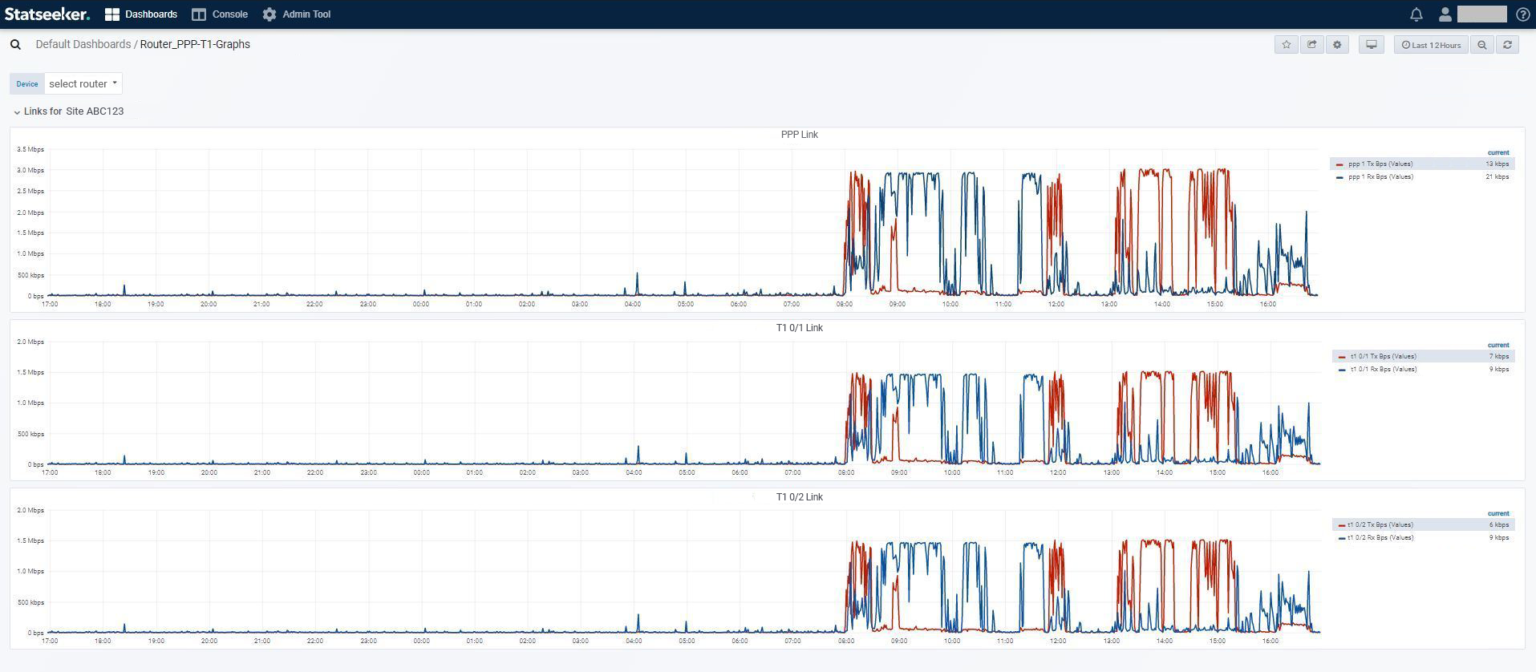“Without Statseeker I would not have known exactly what was happening on our network and would not have been able to claim that $30,000 credit.” – Network Manager
What was the issue?
Our customer – a fresh food business in the USA – manages six remote sites nationwide.
The six remote sites are linked over an IPVPN network. A pair of 1.5Mbps T1 circuits provide a 3Mbps PPP link to each site. While the sites were presenting almost 100% uptime, the network operations team was receiving regular and persistent reports of poor connection performance across the network.
To unravel the reasons for the slow connection between sites, our customer contacted the carrier responsible for operating the network. The reply was all too familiar: from the carrier’s perspective: there were no issues detected with either T1circuit, no problem communicating with the sites’ routers, and no issue with the connection to the sites.
Dissatisfied with the carrier’s response, our customer began to investigate further.
How did Statseeker help?
The most recent record of poor network performance at a site was retrieved, and reports were run using Statseeker to analyze the relevant period of time. The bandwidth utilization of the PPP link did not display any issues, but when that was compared to the utilization of the individual T1 circuits, it was clear that only one of the two was passing traffic during that time. Another record of poor performance was retrieved, reports were run, and the same behavior was observed: one of the T1 circuits would stop passing traffic, causing the site to report poor network performance.
Statseeker stores complete historical network data, without averaging or rolling up. The customer therefore was able to access the entire data history for its network, data which had been polled at 1-minute granularity and which dated back to the first day Statseeker was implemented. The network team went to work, running reports for every reported instance of poor network performance over the previous 12 months. Armed with the reports, our customer was able to present conclusive data to the network carrier showing when, to the minute, the T1 circuit dropped out and exactly when it came back.
The results.
Further investigation revealed that the last-mile carrier was periodically putting one of the T1 circuits into loopback. As far as the major carrier could determine, both T1 circuits were operating as they should, but, thanks to the Statseeker generated reports, acknowledged that for extended periods of time our customer was receiving only half the bandwidth that they were paying for. As compensation for loss of service, a credit of over US$30,000 was given.
Next steps.
The Statseeker team helped the customer create a real-time dashboard to display the ‘PPP – T1 utilization’ comparison. The dashboard, in conjunction with a scheduled monthly report, monitors the levels of service delivery. Should the issue present again, the customer will be alerted immediately and will have the requisite data to hand to support any further claim for loss of service.


